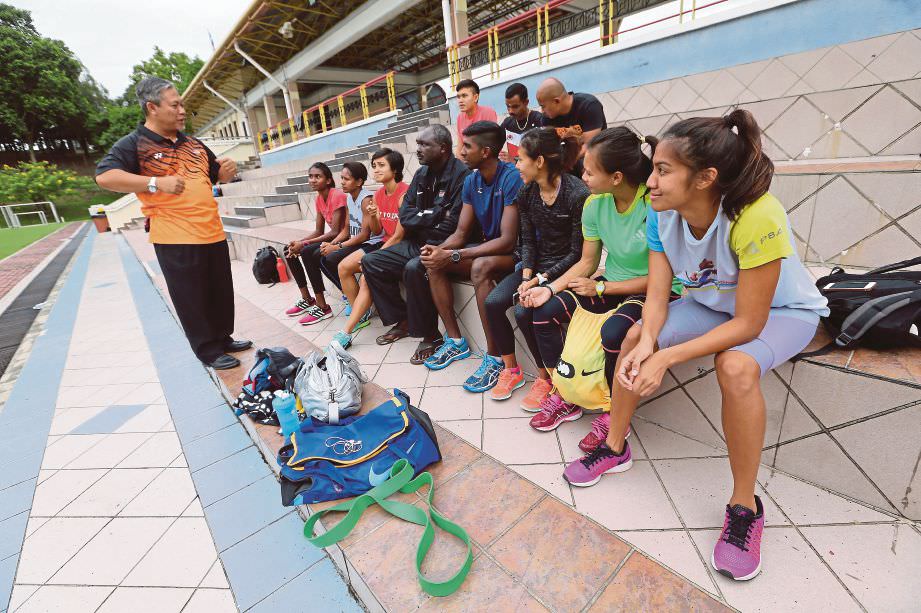Malaysia hosts the 26th Asean Summit this weekend but splitting the meeting between Kuala Lumpur and Langkawi is giving everyone a massive headache.
ASK the people around you. No, even better, look around Kuala Lumpur. Is there anything to indicate that something big will take place in the city?
Can’t blame anyone, really, if they are not aware that 10 Asean leaders will be here this weekend for the Asean Summit.
An Indonesian journalist who was in town last weekend for a conference was surprised she only saw one banner on the summit all the way from KL International Airport to her hotel in Petaling Jaya.
Does anybody care, really? We should, especially since our daily movement around the Klang Valley is interrupted, albeit temporarily.
The Kuala Lumpur traffic congestion will only get worse when roads will be closed to transport leaders and officials from their hotels to the meeting venue at KLCC, and as officials and ministers from around the region start arriving in the city.
Latest figures show some 3,000 officials and secretariat staff will be involved in the summit, while 800 officials will be in Langkawi.
These figures do not include the media and security, which means the actual number could easily double.
The suffering for city folk hopefully will end on Monday afternoon.
By then, the 10 leaders and their officials will leave for Langkawi for their annual retreat.
Sure, it will be smooth sailing for the leaders to hop from one place to another, but the reality is that for officials who have been working quietly in the background, this is one of the biggest nightmares for any organiser for such a big event.
For the first time in Asean history, the summit is held in two locations.
When the leaders meet for the usual plenary sessions and interact with representatives of civil society and youth, they will also hold a retreat – a more relaxed session where any issue can be raised by the leaders.
Previous Asean chairmen held the retreat in the same city but this time, Malaysia, for reasons only known to the decision-makers, instructed that the retreat to be held in the mystical island.
When the Langkawi idea was mooted, some officials expressed reservations (note: they have nothing personal against the island) because of the mammoth task of physically moving a summit to a place outside Kuala Lumpur.
They tried to reason with the decision-makers, noting the increasing cost and that the facilities were not ready.
At one point, they thought they were successful in persuading that the retreat remain in the city but sometime late last year, that decision was reversed.
As it is, the media, especially the foreign media, are crying foul.
It will be an additional cost for all. Just like officials, they will have to split their teams to cover the meetings in Kuala Lumpur and Langkawi. It means having to fly their reporters and cameramen, rent cars and hotel rooms.
A foreign journalist who has been covering Asean for more than a decade questioned the unnecessary financial strain on the host country.
“It is not just the host but transporting the other delegations. Imagine the extra expenses for the private planes and hotels, all for a two-hour retreat which could have been done in KL,” he said.
“Is there really a compelling reason to have the other half of the meeting in Langkawi?
“Journalists don’t have private jets like the leaders, so media organisations will be stretched thin in terms of manpower and technical set-up.
“At least Myanmar decided to hold the two summits all in Naypyidaw last year and did not divide them with Yangon, which would have been a logistical nightmare,” he added.
He aptly described this habit of showing off by Asean members as symbolic of Asean, which is long on ceremony and verbiage but short on real achievements.
Potential logistical nightmare aside, Malaysia is hoping to get the other nine countries to declare support for its movement of moderates, an idea mooted by Prime Minister Datuk Seri Najib Tun Razak since 2010 which has garnered international support.
The Langkawi Declaration on Global Movement of Moderates is expected to be adopted at the end of their two-day summit.
Another declaration to be adopted is the Kuala Lumpur Declaration on People-Centred Asean which basically is getting the leaders to agree on creating a people-oriented Asean Community where all could contribute to benefit a more integrated and connected community within the region.
Officials are still working round-the-clock to come out with the final documents for adoption, but what remains to be seen is if the people on the ground could really feel connected to the leaders and Asean as a whole.
-The Star







